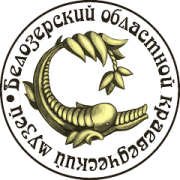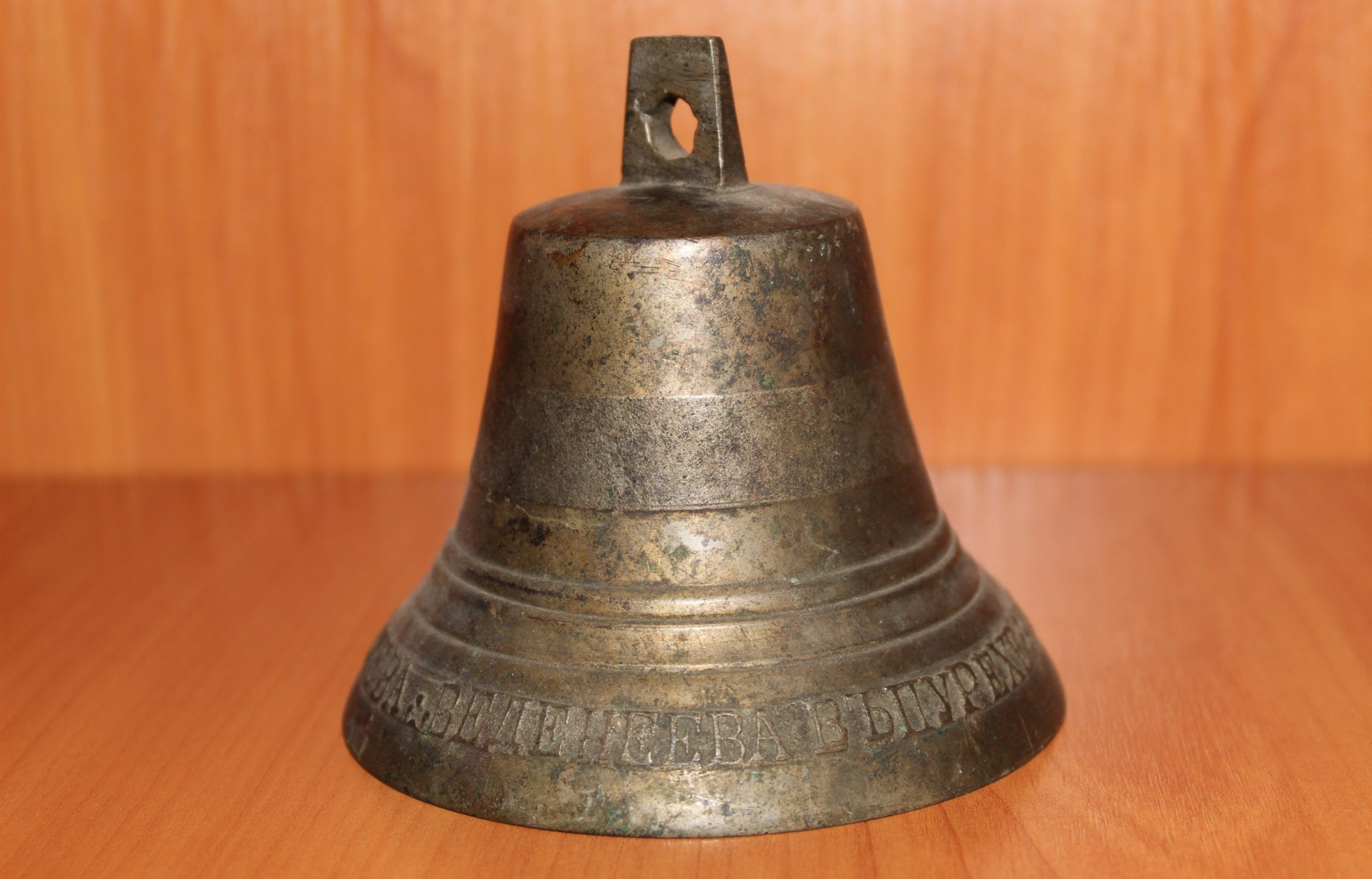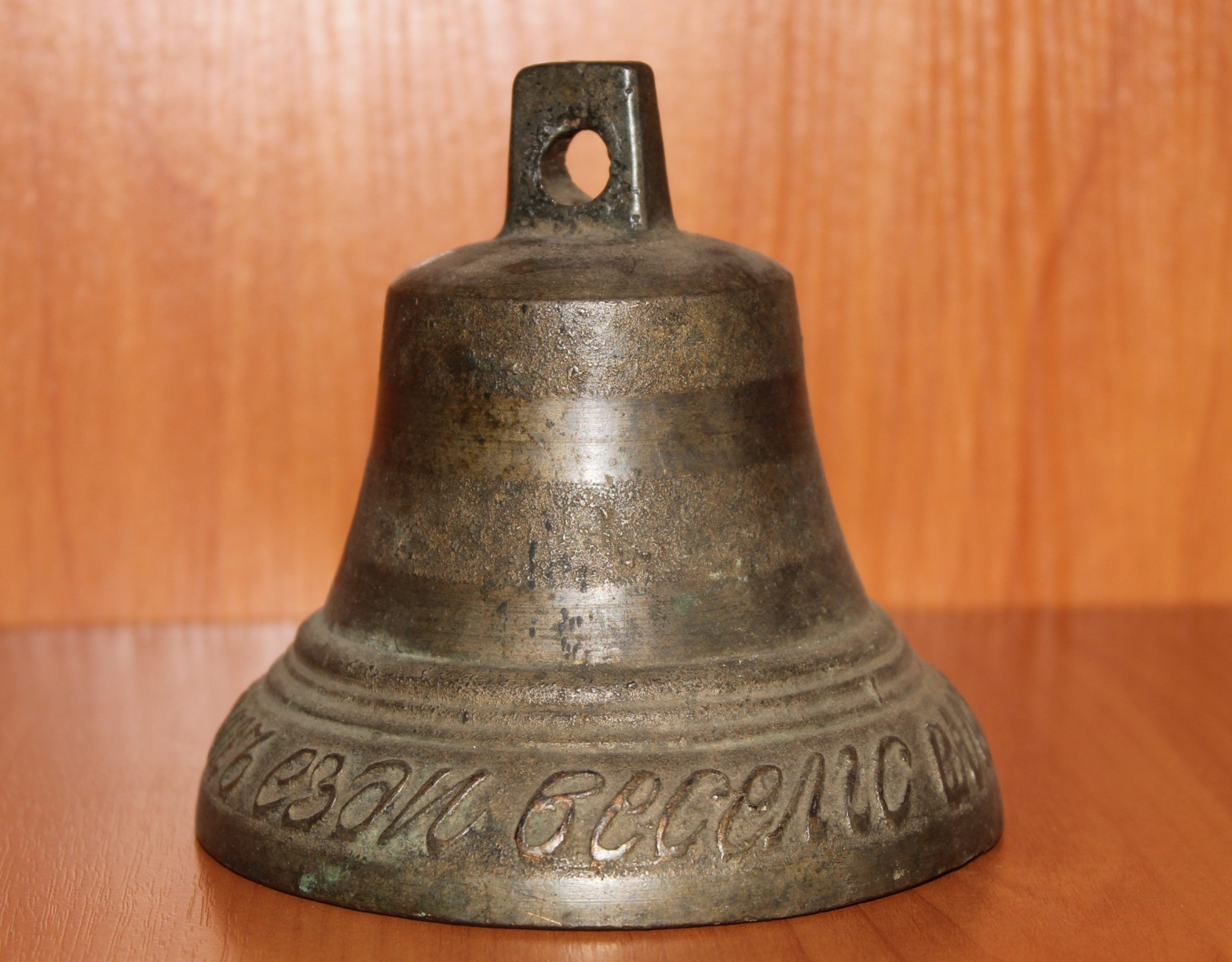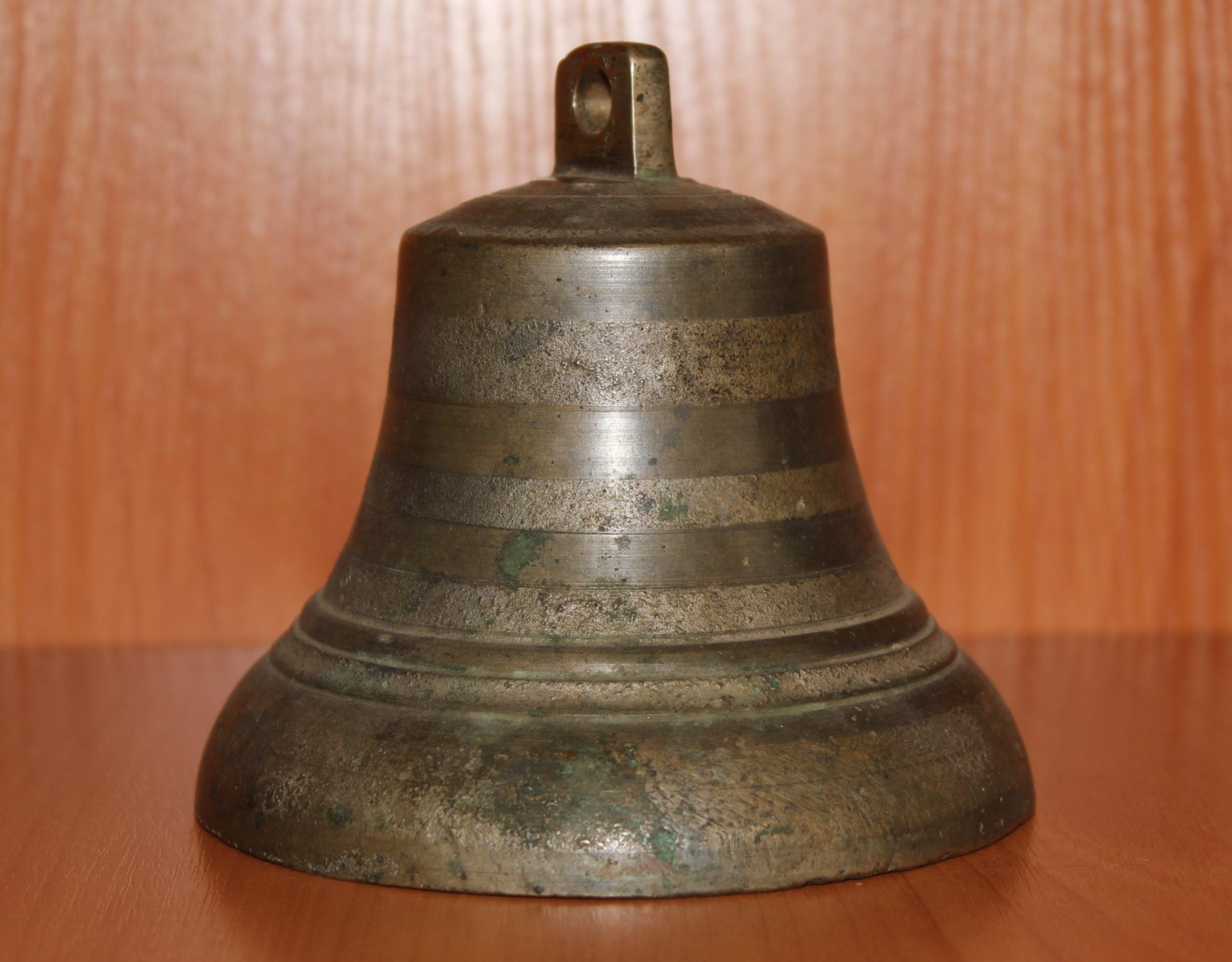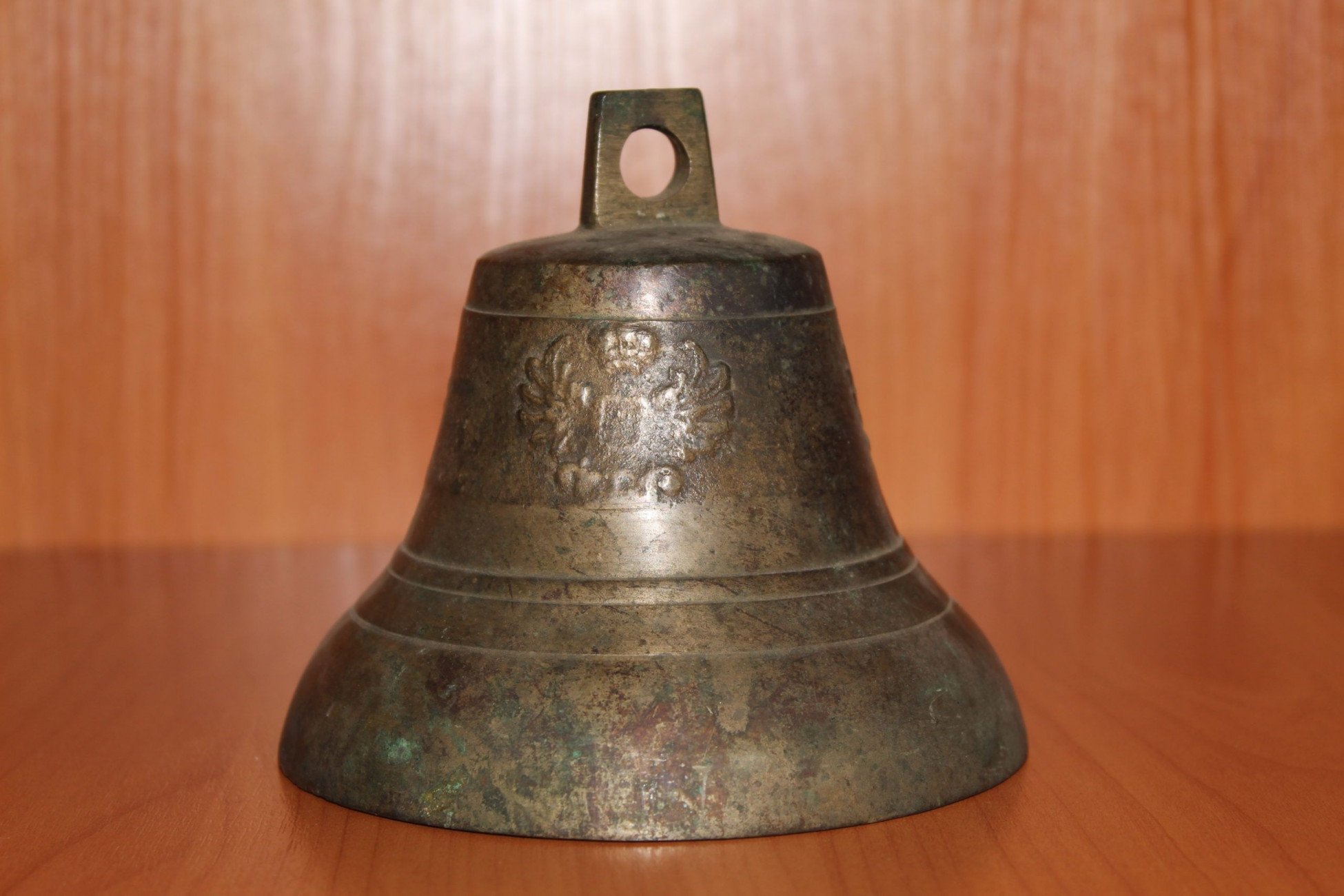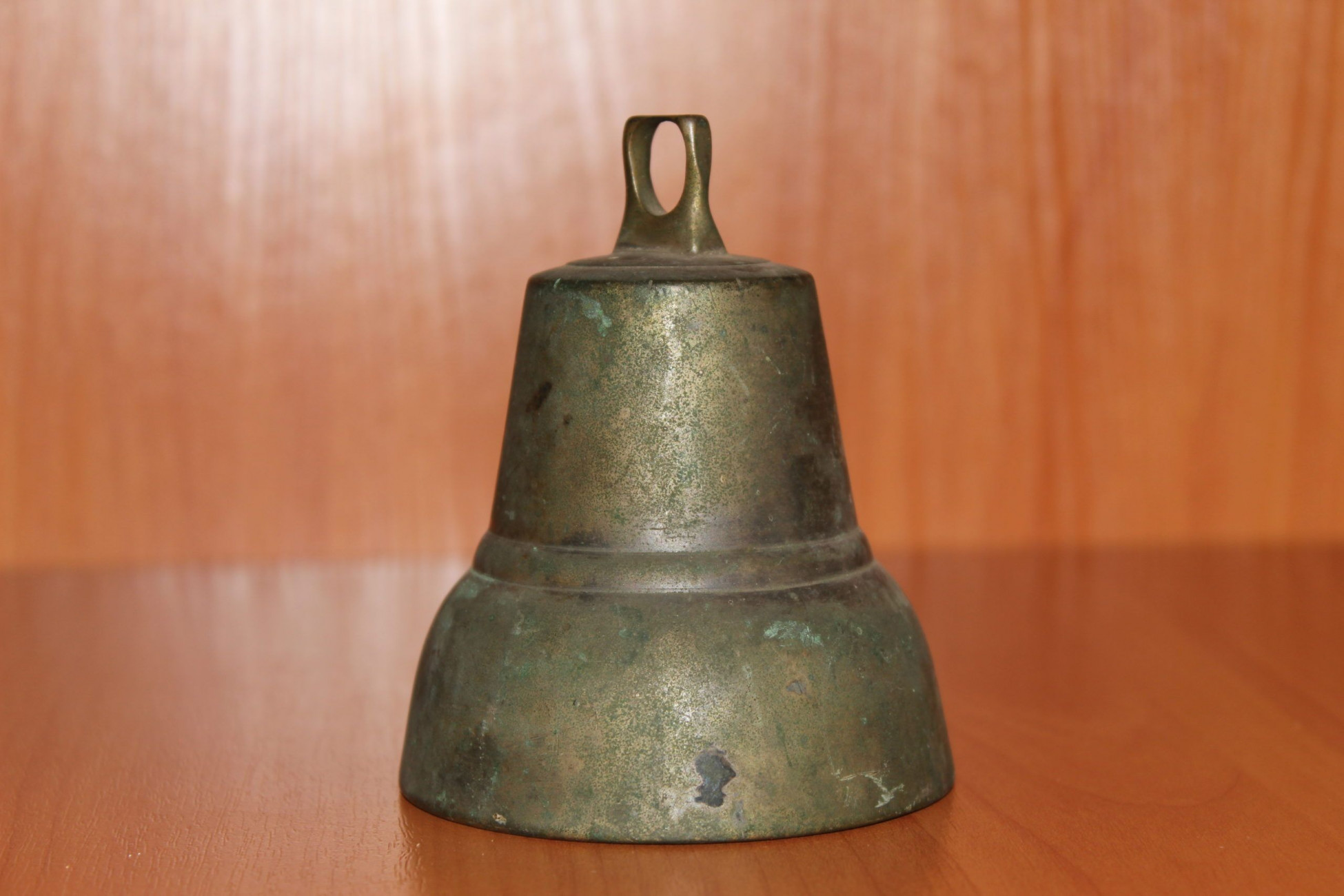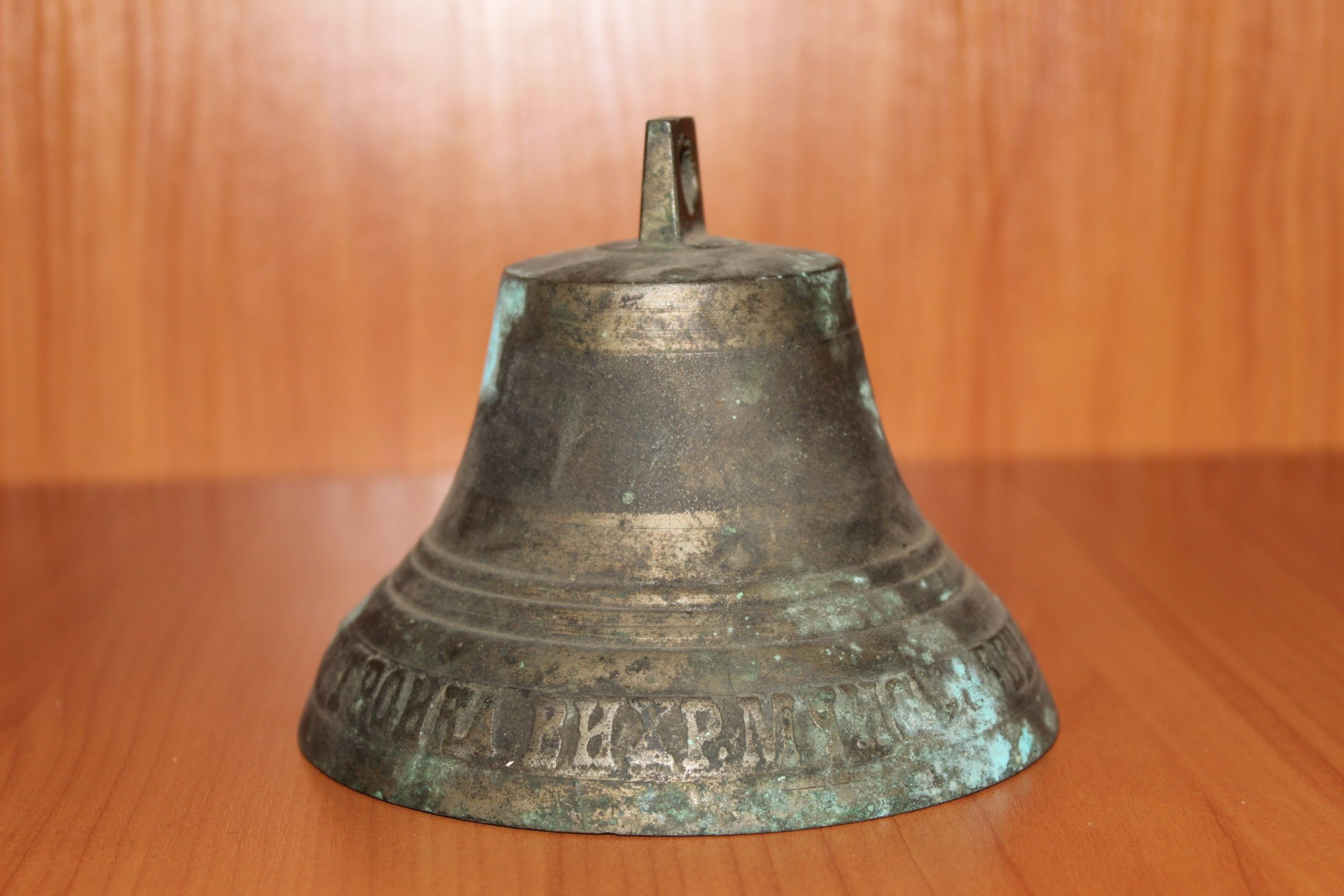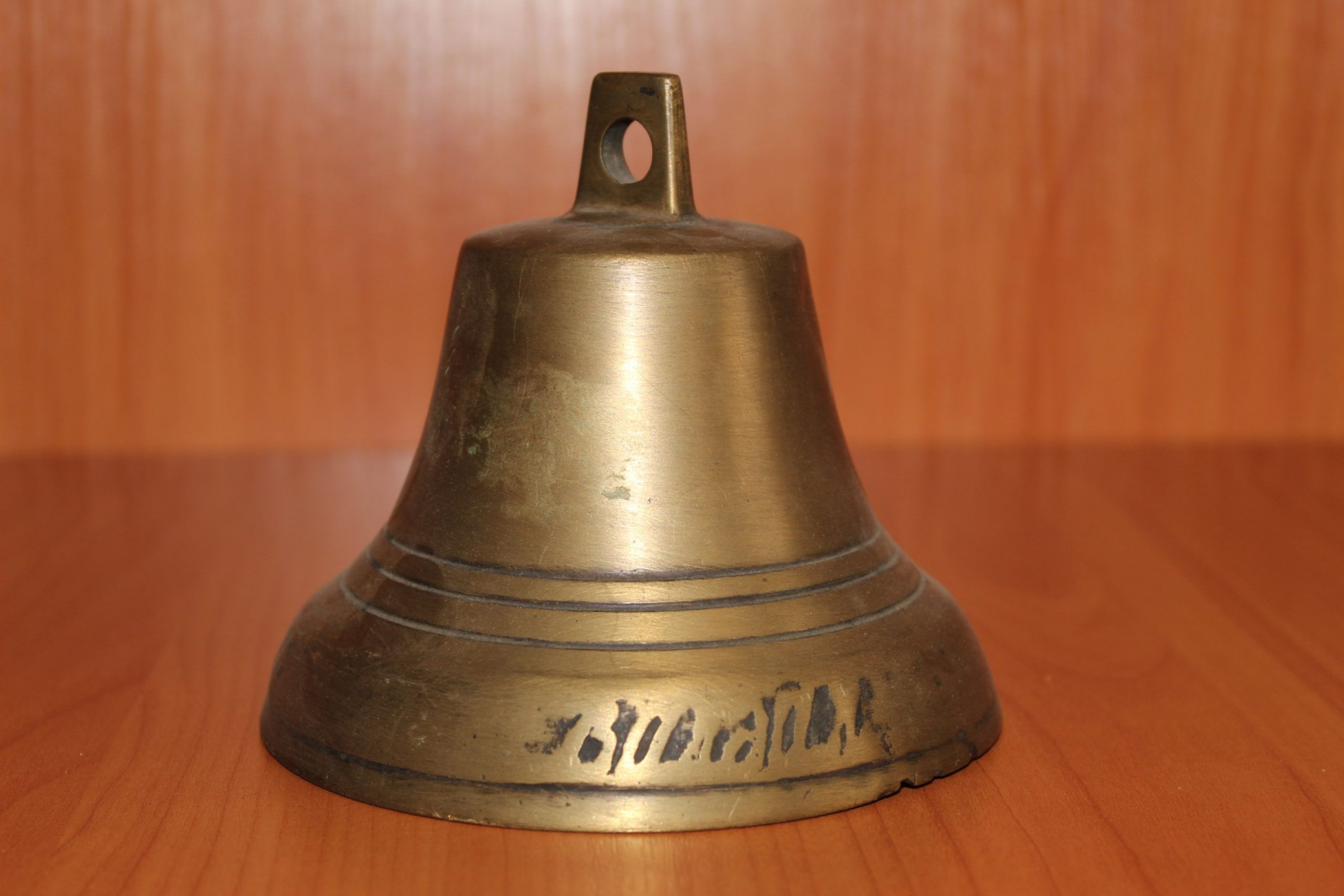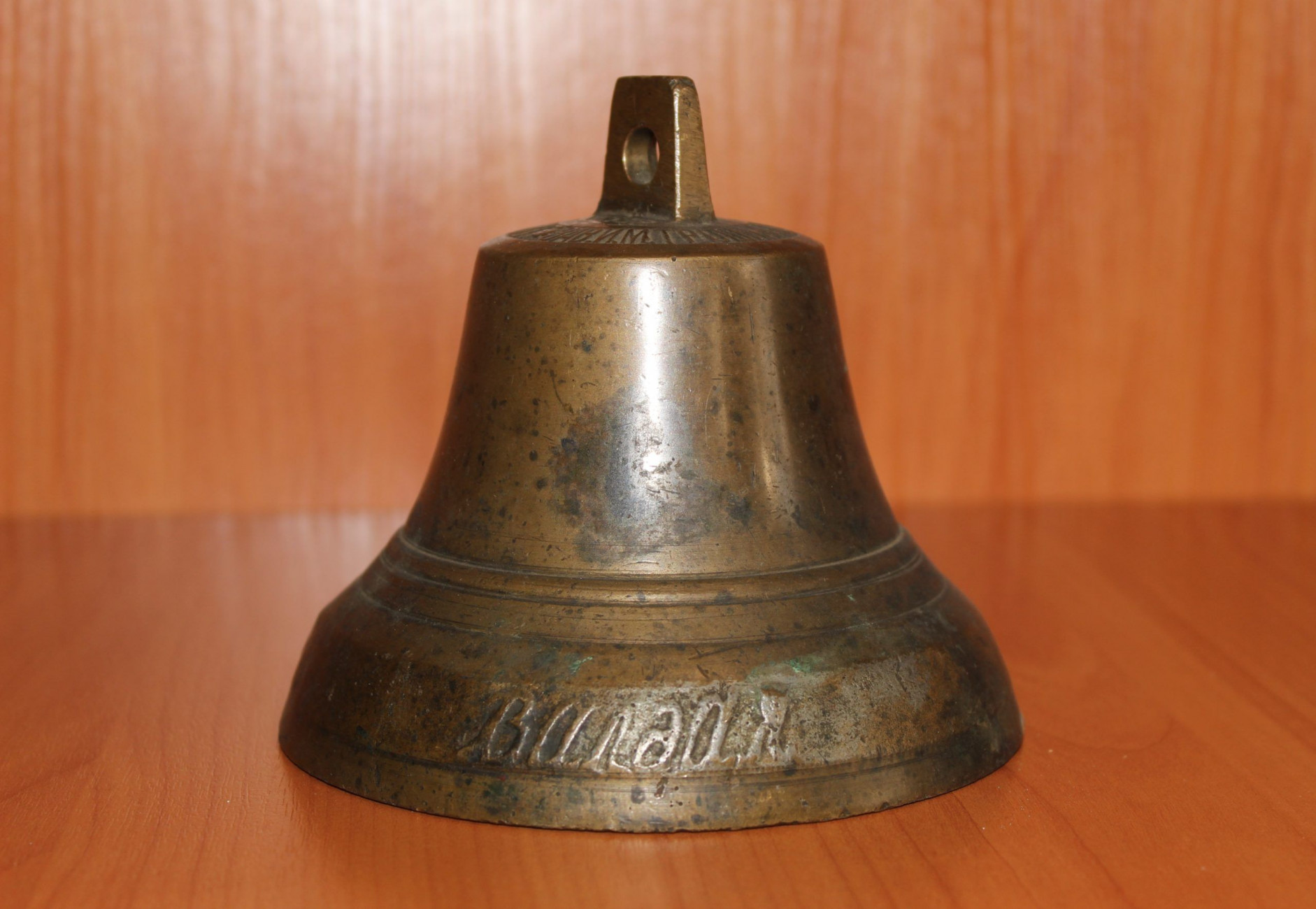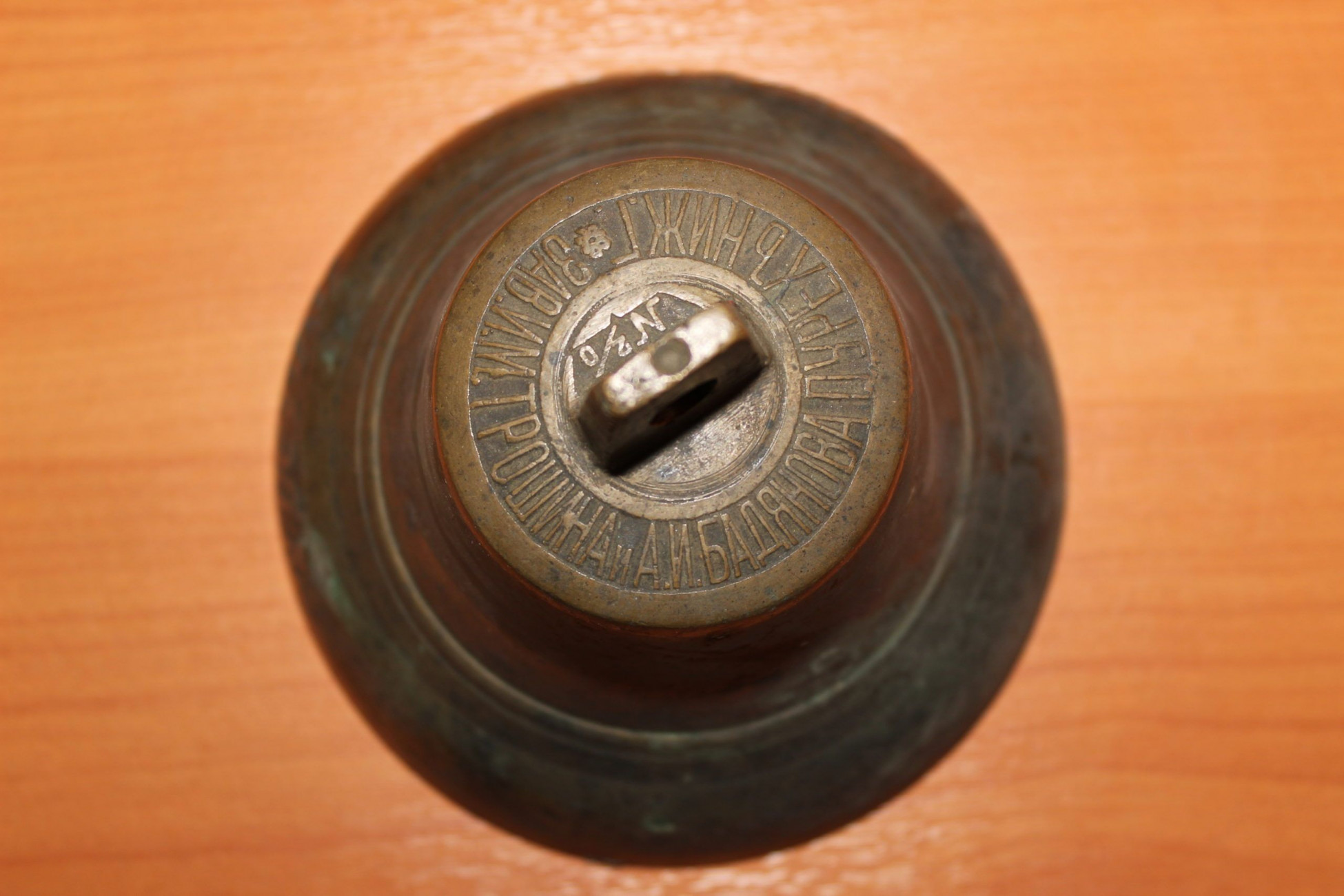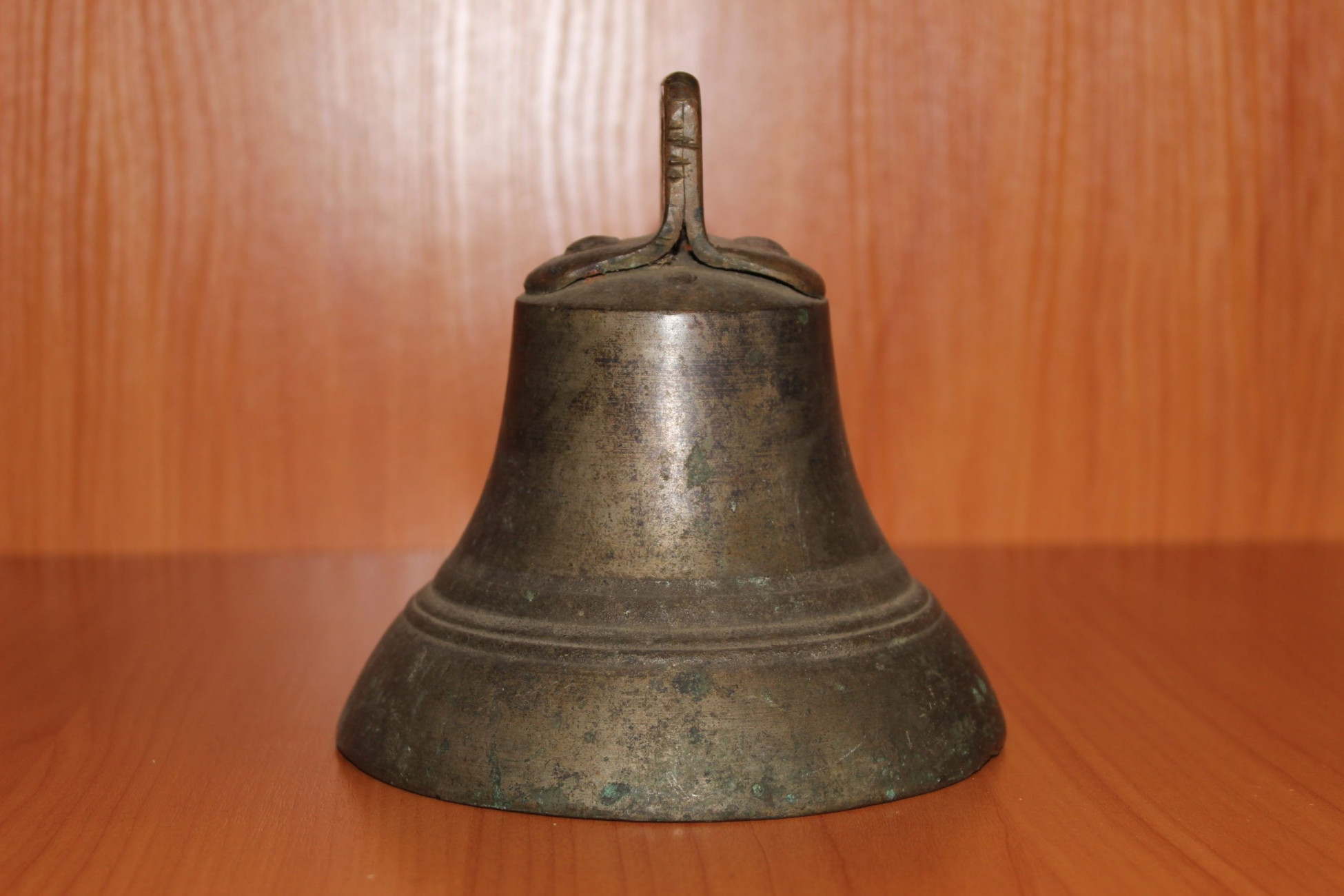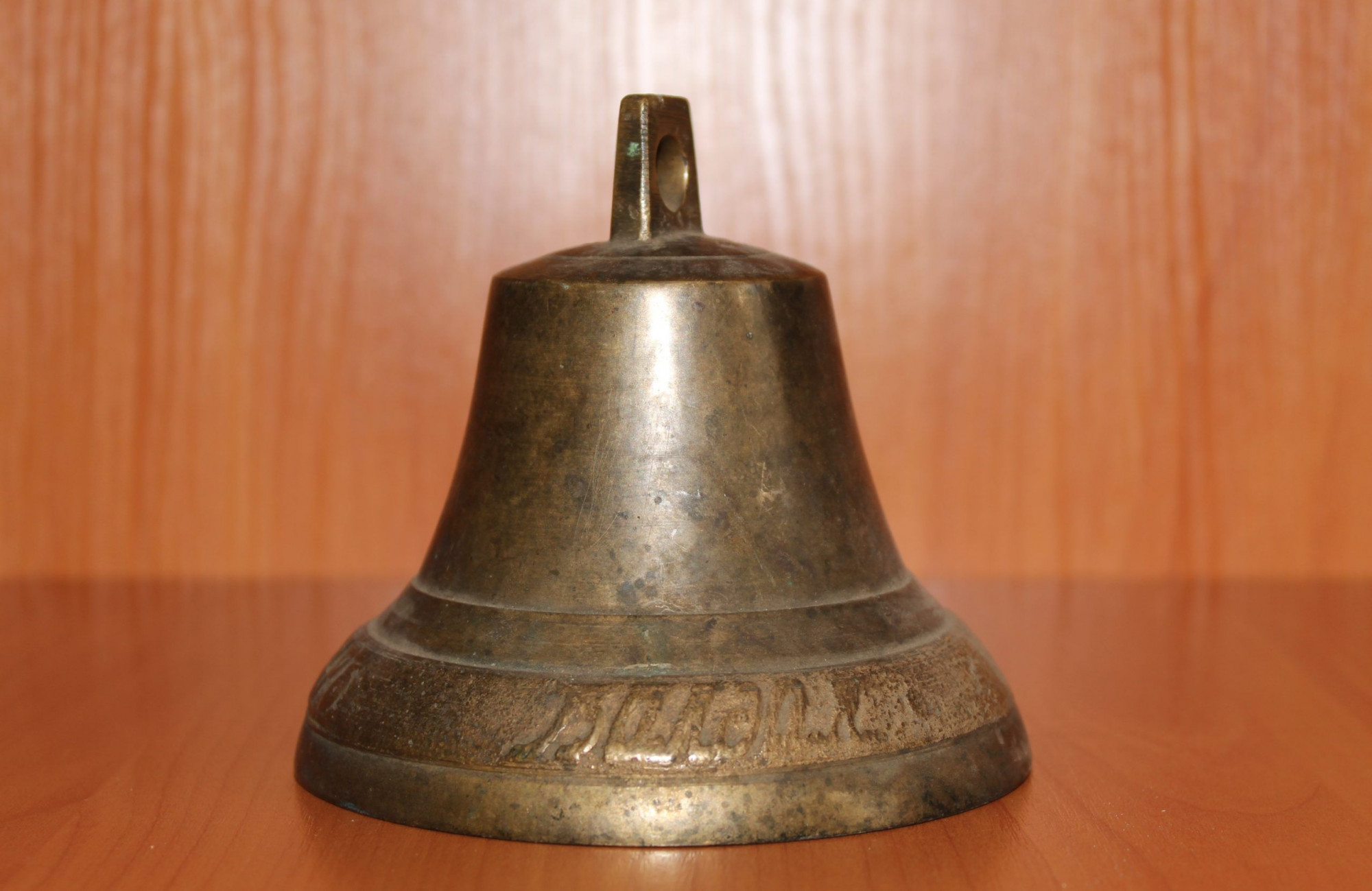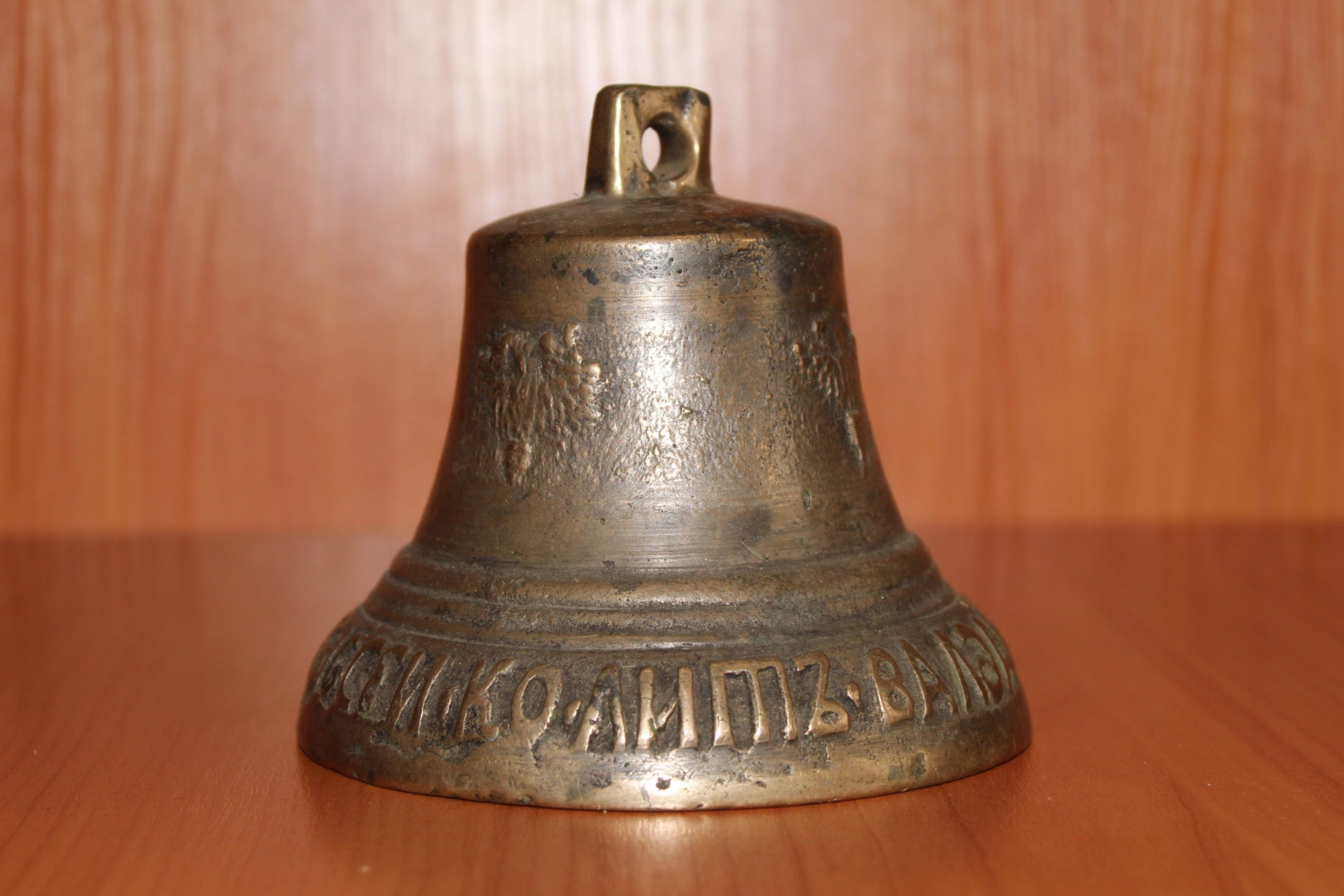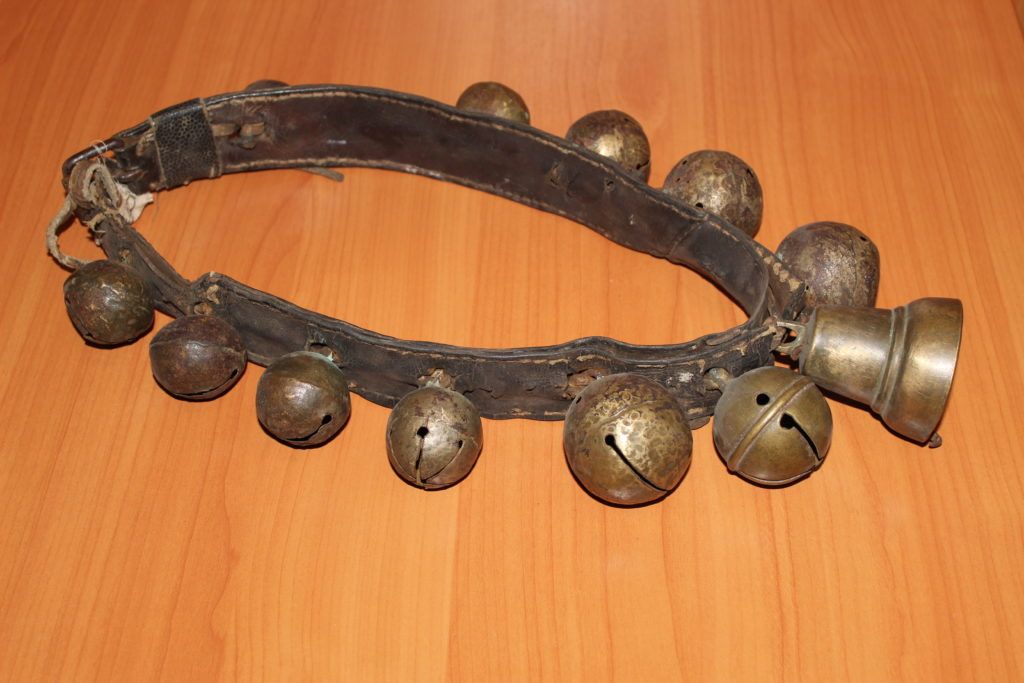Horse Carriage Bells
The small collection of horse carriage bells of the Belozersk Museum is very often exhibited at exhibitions. What if not this sonorous object will convey the era of the courier mail and the wedding three-horse carriage. The bell will tell you about crafts, trade, fairs.
An urgent need for horse carriage bells arose in Russia in the second half of the 17th century, when regular postal routes were put in order and the “mail staging post chase” was streamlined with its own stations and coachmen. Bells were needed for each courier and mail three-horse carriage as a warning signal. In those days, there was a special circular prohibiting the use of bells by the population. But this circular was abolished already in the middle of the 19th century, and bells were increasingly found among the owners of horse teams. The center of the bell-making industry was the village of Purekh and its suburbs in the Nizhny Novgorod province. Bells were cast, in smaller sizes, in other places.
The catalog gives a brief description of the bells and jingle bells as well as inscriptions on them. It is necessary to clarify some features in the names of their parts.
The skirt is a percussive, peal, part. It is the lower widest part of the bell. It is the thickest part (0.5 to 8 mm) that provides the bell sound (ringing). Even if there is a hairline crack in the skirt the bell does not ring. It is used for inscriptions and decorations which impairs the sound, so many late bells have smooth skirts.
The body is the main conical part of the bell above the skirt. It often has various decorations or simply machined belts. Compared to the skirt, the body is always very thin-walled.
Grooves are circular lines on the body, skirt or roof, applied by a cutter on a lathe after casting in order to decorate the surface.
The tongue is a metal part hanging freely on a loop. When swinging the bell, the tongue strikes the lower inner part of the skirt and makes a sound. Unfortunately, not all bells have preserved their original tongues. Sometimes nuts, washers, or just pieces of iron on a wire suspension are used instead.
In addition to bells and jingle bells, our collection includes bells of larger size: church bells (above 20 cm) and ship bells.
Chief Curator Tatyana Bogomolova
- Bell with belts on its body and the following inscriptions on its skirt: “Fyodor Vedeneev Plant in Purekh, Nizhny Novgorod province” and its back wall: “2”. Fyodor Vedeneev Plant, Purekh, Nizhny Novgorod province, 1863-1891. Bronze, casting, turning. Size: 9 х 9.8 х 9.8 cm. Integrity: patina, corrosion, rubbing marks, voids, dirt. From the collection of the local history study group of High School 2 in Belozersk
- Bell with three lines on its body and four double-headed eagles with the following inscription on its skirt: “Gift to whom I love 1816, this bell cast in Valdai”, Valdai, Novgorod province, 1816. Bronze, casting. Size: 10 х 11.4 х 11.4 cm. Integrity: entire corrosion, patina, rubbing marks, voids, dirt, missing tongue, edge chips. From the collection of the local history study group of High School 2 in Belozersk
- Bell with the following inscription on its skirt: “Buy, do not stint, drive with it and have fun”, Novgorod province, late 19th – early 20th centuries. Bronze, turning. Size: 10.5 х 11.5 х 11.5 cm.
Integrity: dark metal, rubbing marks, patina, missing tongue, holes in the upper part, corrosion, voids. From the collection of the local history study group of High School 2 in Belozersk
- Bell with three lines on its body. Its production place is unknown. Late 19th – early 20th centuries. Bronze, iron, casting, turning, riveting. Size: 14 х 13.5 х 13.5 cm. Integrity: corrosion, patina, rubbing marks, voids, dirt. From the collection of the local history study group of High School 2 in Belozersk
- Bell with the following inscription on its back wall: “On special order with silver” and images of coats of arms on its body outer side, made by master Yakov Troshin, Purekh, Nizhny Novgorod province, middle 19th – early 20th centuries. Alloy of bronze and silver, iron, forging, casting, smith welding, turning. Size: 10 х 12 х 12 cm. Integrity: dark metal, rubbing marks, patina, cracks, voids. From the collection of the local history study group of High School 2 in Belozersk
- Bell with a line on its body and the following inscription on its skirt: “Fyodor Vedeneev Plant, Purekh, Nizhny Novgorod province”, Fyodor Vedeneev Plant, Purekh, Nizhny Novgorod province, 1885-1891. Bronze, casting, turning. Size: 11 х 12.8 х 13 cm. Integrity: missing tongue, rubbing marks, patina. Price: 2 rubles. Presented by Lyubov Tarsina, Belozersk, 1982
- Bell with the following inscription on its back side: “No. …. silver”. Its production place is unknown. Early 20th century. Metal, casting. Size: 11 х 9.4 х 9.4 cm. Integrity: patina, rubbing marks, rust marks, 2 cm crack on the skirt, dirt, missing tongue. Expedition trip to the Georgievskoye area in 2005. Presented by Antonina Pavlova, village of Georgievskoye
- Bell with medallions on its body with images of St. George the Victorious and the following inscriptions on its skirt: “1875 cast in Purekh by master Makar Troshin” and its back side: “1”. Master Makar Troshin, Nizhny Novgorod province, 1875. Bronze alloy, casting, turning. Size: 10.5 х 13 х 13.1 cm. Integrity: significant rubbing marks, patina, dirt. Price: 3 rubles.
Presented by Vasily Lvov, Belozersk,1979
- Special horse carriage bell with the following inscription on its skirt: “Sing, bell, sing louder, go fast, three horses” and on its back side: “No. 100”. Master Yegor Klyuikov Plant in the village of Ostapovo near Purekh, Nizhny Novgorod province, 1879-1914. Metal, casting. Size: 10.3 х 12.5 х 12.5 cm. Presented by Tayana Voinova from V. Doronicheva’s house in the village of Maeksa, Belozersk district, 2001
- Bell with the following inscription on its skirt: “Valda” and three lines on its body, early 20th century. Metal, casting. Size: 11.5 х 12 х 12 cm. Integrity: dents, voids, oxidated dark metal, rubbing marks, dirt. From the collection of the Port History Museum
- Valdai bell with the following inscriptions: “I. TROSHIN AND A. BADYANOV PLANT PUREKH NIZHNY NOVGOROD PROVINCE NO. 3/0” on its upper part, “GIFT FROM VALDAI” on its skirt, “No. 3/0 WITH SILVER” inside. Purekh, Nizhny Novgorod province, I. Troshin and A. Badyanov Partnership, 1910-1916. Bronze, casting. Size: 12.6 х 10 х 12.6 cm. Integrity: rubbing marks, dirt, dark metal, patina, cracks on its entire surface, losses as skirt edge chips, missing tongue. From the collection of the local history study group of High School 2 in Belozersk
- Bells, production place unknown, early 20th century. Bronze alloy, casting, turning. Size: 10.5 х 11.8 х 11.8 cm. Integrity: patina, corrosion, rubbing marks, cavities, dark metal. Price: 1 ruble. Presented by A. Romanova, village of Lokhta, Paninskaya area
- Bell with lines on its body, production place unknown, early 20th century. Metal, casting. Size: 12.3 х 13.9 х 13.9 cm. Integrity: significant voids, oxidated metal, patina, rubbing marks, cracks, dirt. Expedition trip by G. Alekseeva, L. Nikanorova, A. Kuznetsov to the Paninskaya locality. Presented by Leonid Bogdanov, village of Barakovo
- Bell with the following inscription on its skirt: “Gift from Valdai”, Novgorod province, late 19th – early 20th century. Bronze, casting, iron, turning. Size: 12 х 11.3 х 11.2 cm. Integrity: patina, rubbing marks, voids, scratch marks, dirt, missing tongue. Price: 3 rubles. Presented by Klavdia Mikheeva, village of Pyashnitsa, Georgievskoye area, 1979
- Horse carriage bell, 1881-1885. Metal, casting. 10.5 х 12 cm. Purekh, Nizhny Novgorod province
- Bell with the following inscription on its skirt in two lines: “I present this bell to whom I love, Vasily Borodin Sobotsko 1809”. Master Vasily Slobodin, Slobodskoye, Vyatka province, 1809, recasting? Metal, casting. Size: 9 х 9.8 х 9.8 cm. Integrity: metal losses, entire corrosion, cracks, rubbing marks, dirt. From the collection of the local history study group of High School 2 in Belozersk
- Bell with the following inscription on its skirt: “THIS BELL CAST IN VALDAI I PRESENT IT TO WHOM, I LOVE 1816”, Valdai, Novgorod province, 1816. Bronze, iron, casting, turning. Size: 10.5 х 11.6 х 11.6 cm. Integrity: corrosion, patina, rubbing marks, voids, dirt. From the collection of the local history study group of High School 2 in Belozersk
- Bell, master Vasily Nefedov, Valdai, Novgorod province, middle of 19th century. Bronze, casting, iron, turning. Size: 5.5 х 6.2 х 6.2 cm. Integrity: dirt, very dark metal, missing tongue, rubbing marks, scratch marks. From the collection of the local history study group of High School 2 in Belozersk
- Leather neck strip with jingle bells and a bell (smooth body surface), production place unknown, early 20th century. Leather, iron, bronze, paint. Size: 70 х 6 х 9 cm. Integrity: belt leather broken and lost, rubbing marks, dirt, oxidated metal, deformations. Purchased in the antique shop in Belozersk, 1993
